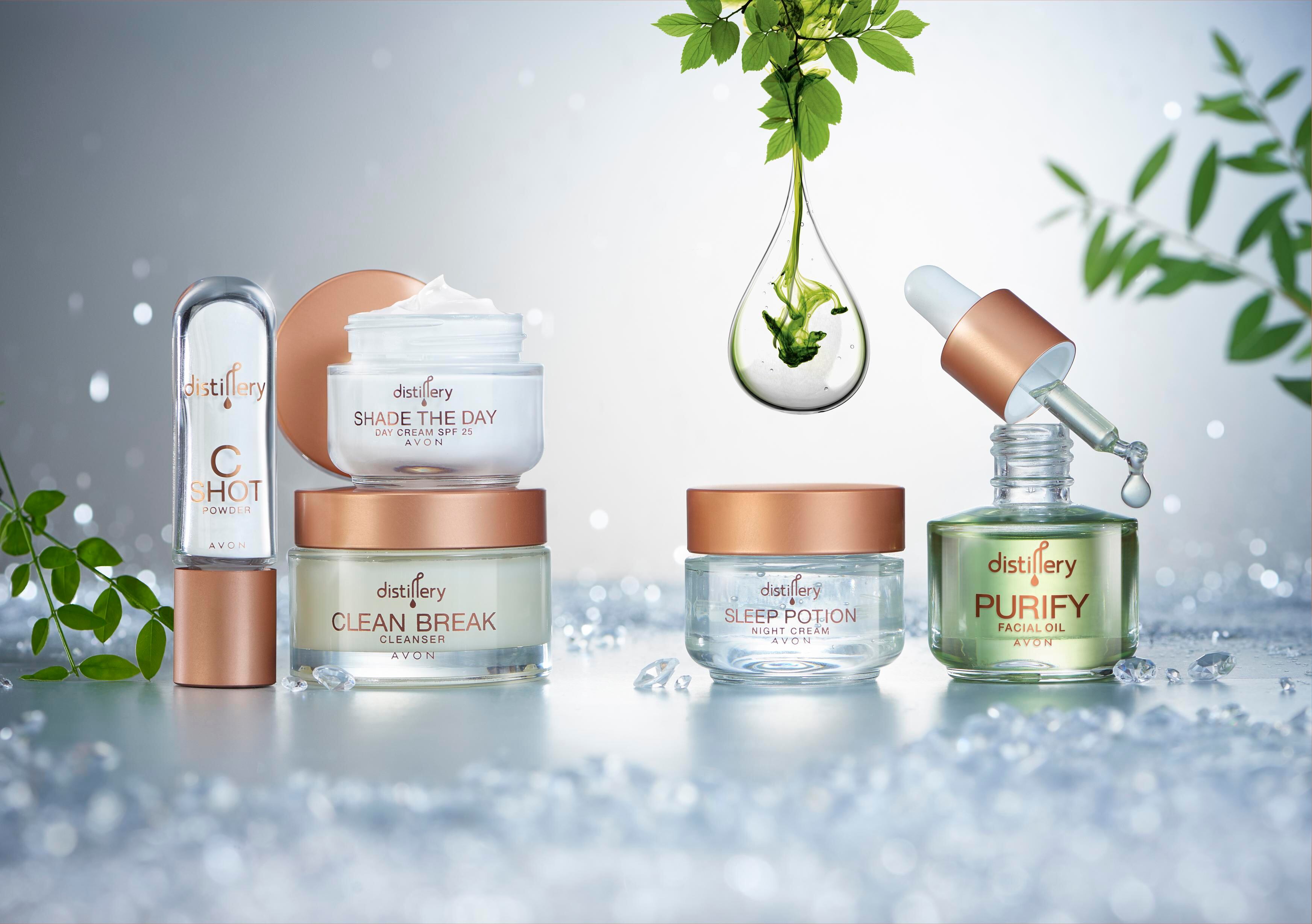Fragrance-free has boomed in recent years across a wide range of cosmetics, from shower gels and body scrubs to face creams and make-up. But while the world may be facing an ‘allergy epidemic’, Professor Dr. Torsten Zuberbier from Berlin’s Charité university hospital, also chairman of the board at the European Centre for Allergy Research Foundation (ECARF), said this epidemic related to inhalant and food allergies, not contact allergies.
“The most important message is that allergies need to be taken seriously but that contact allergies, of course, are not deadly; they are less dangerous than inhalant allergies, food allergies,” Zuberbier told CosmeticsDesign-Europe following his presentation at the SEPAWA Congress in Berlin last week. Contact allergies, he said, were also “not on the rise; in fact, it’s just the opposite”.
Concentrations and thresholds in focus for contact allergies
“Industry has become much more aware of the fact that contact allergies can occur and the big manufacturers of creams and cosmetics have very good research teams, scientific background and risk assessment knowledge, so rarely allergies to these cosmetics occur,” Zuberbier said.
The European Commission suggests that just 26 substances can cause contact allergies, he said, many of which can be avoided or used in suitable concentrations.
Zuberbier said concentration levels of certain ingredients and thresholds were key when formulating with allergies in mind. “Even allergens which can cause allergies at a higher concentration, like isoeugenol, may be used in cosmetics if they’re used at a low threshold concentration. This is something we need to communicate,” he said.
Manufacturers must of course choose safe ingredients, he said, but companies shouldn’t “over-do” concerns. There was a distinct difference between hazard and risk, he said, and industry had to work hard to keep those two things apart.
“We don’t need a fragrance-free society because fragrances help people feel better; they make products agreeable. Basic formulations of a cream often have an ‘own scent’ which is not always pleasurable, so we need something to at least make it acceptable but preferably we need something which people enjoy because people should enjoy life and allergy sufferers should also enjoy their lives.”
Caution on the rise of naturals…
Asked if the growing naturals trend was a concern for formulating around allergens and allergy sufferers, Zuberbier said: “Natural ingredients have a higher allergenic potential due to the fact that in evolution, of course, man has had the time to get accustomed to these and the genetic background has been developed over natural substances, rather than newly developed synthesised chemical substances.”
Analysing the allergenic potential of natural ingredients was also complex, he said, because they contained many different ingredients and for allergies it was always best to assess a single chemical substance. There was also the added issue of potential oxidisation during shelf life, he said.
“Oxidisation products are often the culprit (…) The cream newly formulated has no problem, but if standing on the shelf in the sun for half a year, products are oxidised, then they can turn out to be a real allergenic problem. This is the problem with natural ingredients.”
Moving forward, Zuberbier said it would be important industry worked to develop chemicals with “lower allergenic potential” and acknowledged the true importance of thresholds and labelling accordingly. ECARF, he said, also had a certification process that that worked “very swiftly” and took into account the latest available science.




